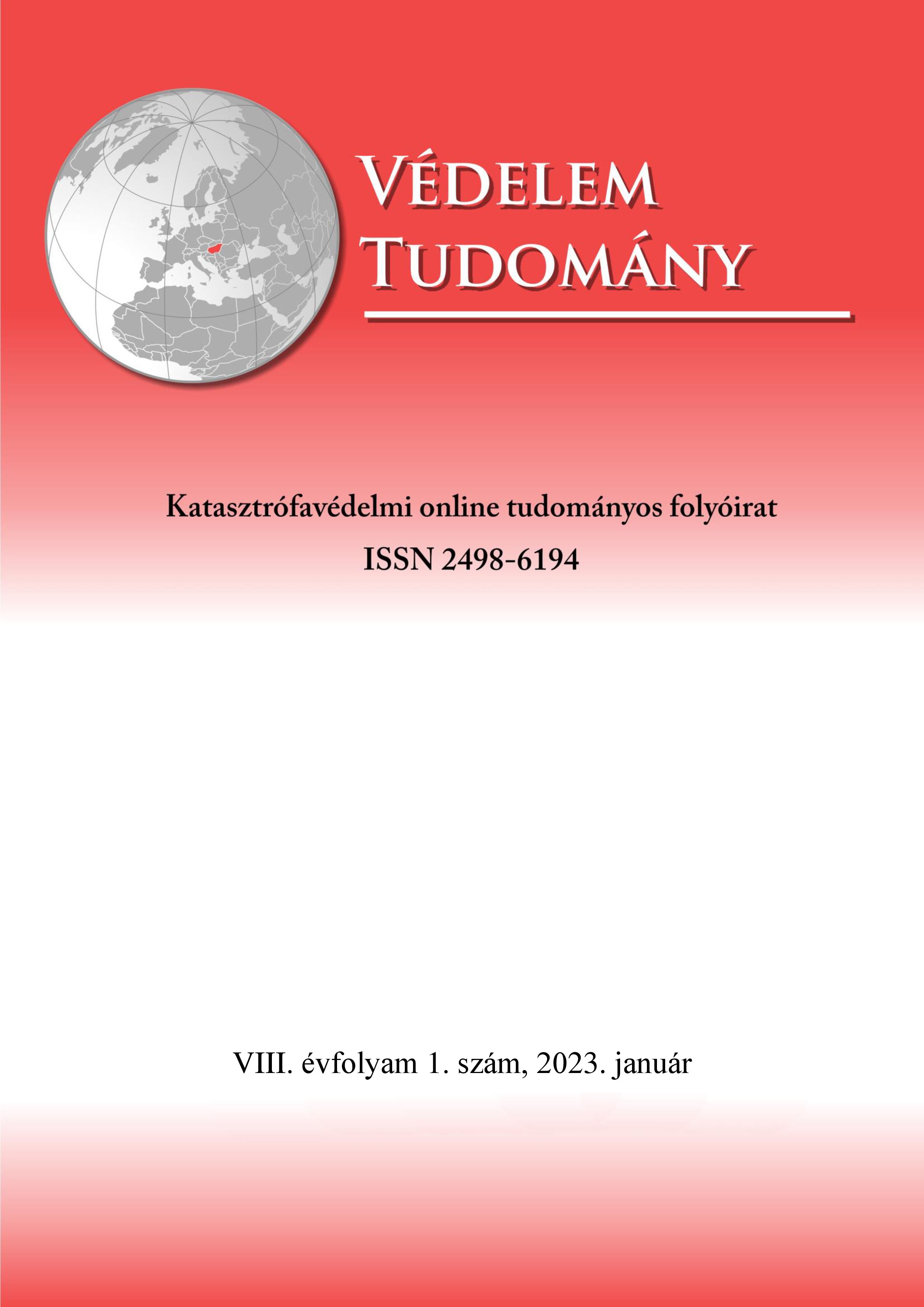Conclusion based on measurements of ventilation in pressurized staircases part II.
Abstract
The regulation of the installation of pressurized staircases in Hungary dates back more than four decades. During this period, numerous pressurized staircases have been designed and built according to different sets of requirements. The ingress of smoke and toxic combustion gases into such spaces is restricted when the mechanical ventilation systems installed for them operate. Consequently, their role is of paramount importance during the evacuation of buildings and firefighting operations. In order to evaluate the adequacy of the air supply system of an existing pressurized staircase, many factors need to be taken into account. This series of articles aims to highlight the critical points that significantly influence the effectiveness of staircase pressurization systems by reviewing the measurement experience of the last seven years, and to outline avenues of research intending to increase the effectiveness of existing systems.
References
ME-04–132–84 Füstmentes lépcsőházak követelményei. Építésügyi Szabványosítási Központ, 1984. december 1.
A 9/2008. (II. 22.) ÖTM rendelet az Országos Tűzvédelmi Szabályzat kiadásáról
A 28/2011. (IX. 6.) BM rendelet az Országos Tűzvédelmi Szabályzatról
Az 54/2014. (XII. 5.) BM rendelet az Országos Tűzvédelmi Szabályzatról
A 30/2019. (VII. 26.) BM rendelet az Országos Tűzvédelmi Szabályzatról szóló 54/2014. (XII. 5.) BM rendelet módosításáról
Bérczi László, „Tűzvédelmi műszaki irányelv szerepe a hő és füst elleni védelemben”, Véd. Tud., köt. 6, sz. 3, o. 32–42, ápr. 2021.
TvMI 3.4:2022.06.13. Hő és füst elleni védelem Tűzvédelmi Műszaki Irányelv. 2022.
TvMI 12.5:2022.06.13. Ellenőrzés, felülvzsgálat és karbantartásTűzvédelmi Műszaki Irányelv. 2022.
S. Lay, „Pressurization systems do not work & present a risk to life safety”, Case Stud. Fire Saf., köt. 1, o. 13–17, márc. 2014, doi: 10.1016/j.csfs.2013.12.001.
M. Fryda, D. Brzezińska, és M. Dziubiński, „High rise buildings stairwells pressure differential systems tests and improvement solutions”, Build. Serv. Eng. Res. Technol., köt. 42, sz. 1, o. 112–124, jan. 2021, doi: 10.1177/0143624420964313.




